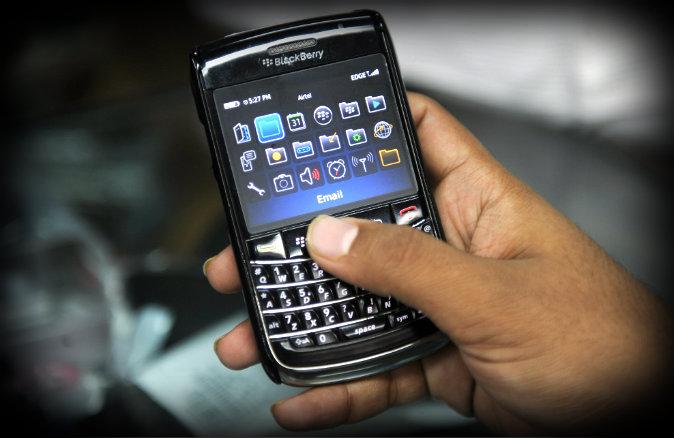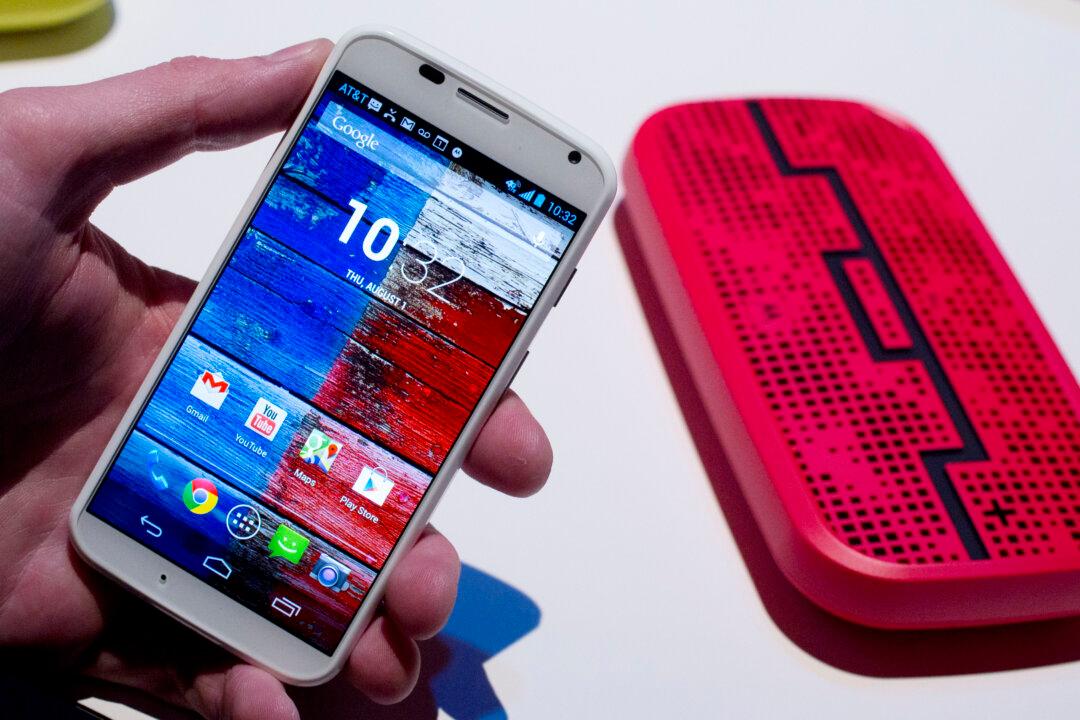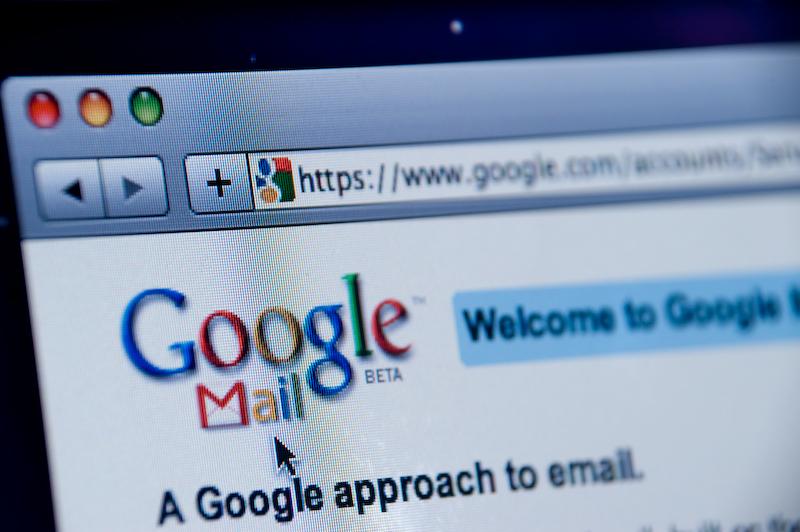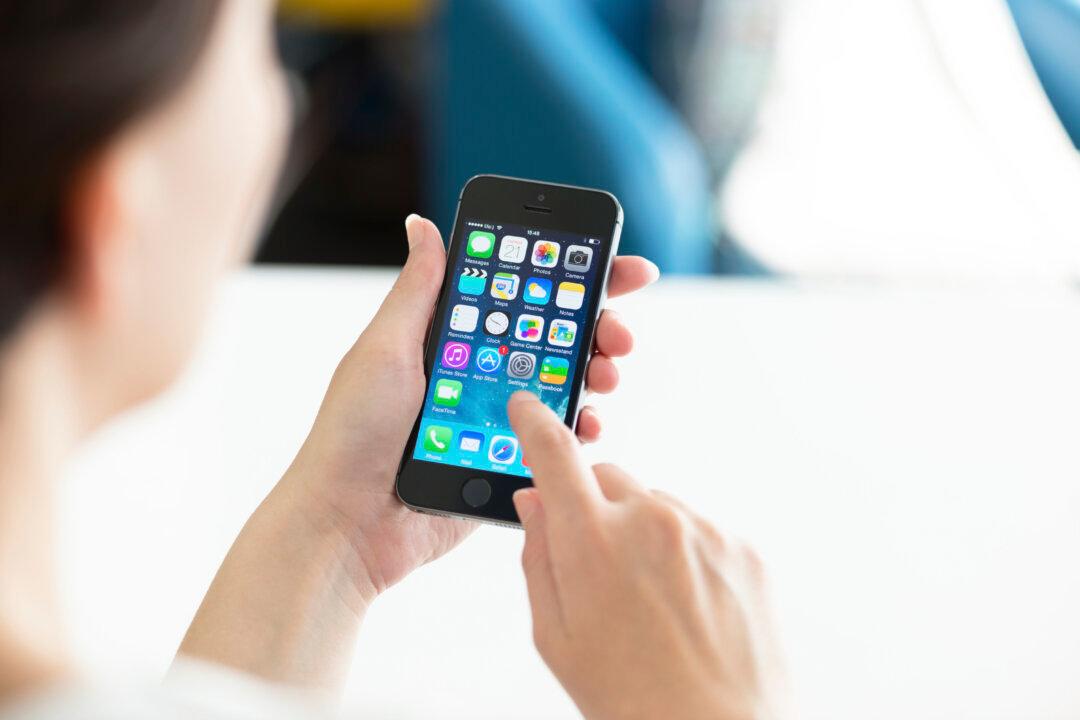We’ve seen a couple of high-profile smartphone flops in recent years, including the Amazon Fire Phone and the Facebook-centric HTC First. However, neither of those phones bombed quite so spectacularly as the 2008 BlackBerry Storm, which was RIM’s first attempt at launching a genuine iPhone rival.
RELATED: Why is BlackBerry still making phones? CEO Chen gives a very smart answer
Both The Wall Street Journal and The Globe and Mail have published excerpts from an upcoming book about BlackBerry’s rise and fall called Losing the Signal that deal specifically with the launch of the Storm.
Both excerpts make clear that BlackBerry knew the device had major, major issues when it released but it felt it had no choice because it was better to release a flawed product than nothing at all.
The device initially sold well thanks to the strength of the BlackBerry brand and a major marketing push from Verizon, which was eager to have a device that could counter the incredible hype AT&T was generating with the iPhone at the time.




